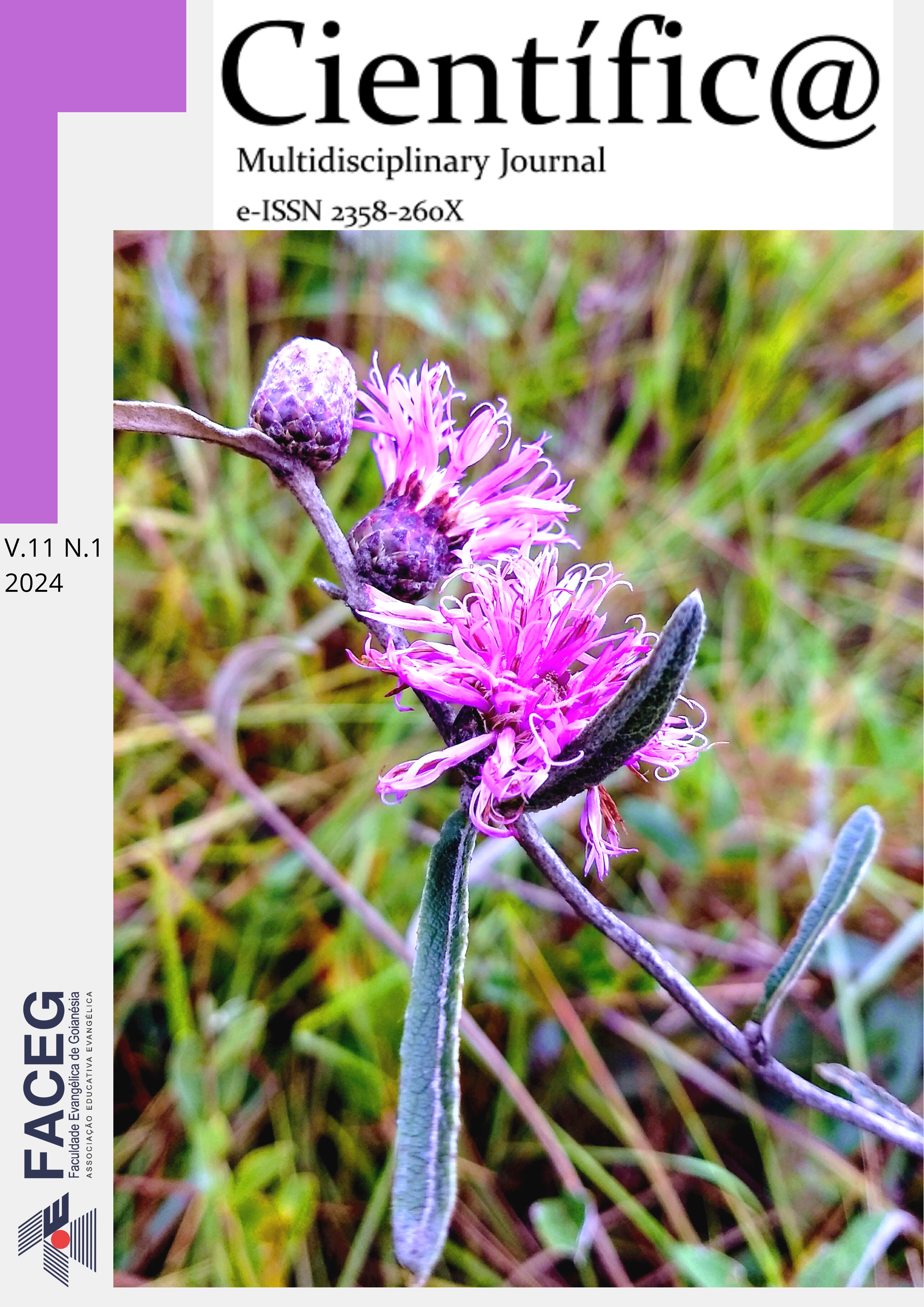PHYSICOCHEMICAL, MICROBIOLOGICAL AND SENSORY EVALUATION OF SHELLED BANANA JUICE
DOI:
https://doi.org/10.37951/2358-260X.2024v11i1.6827Abstract
This work aimed to evaluate the physical-chemical, microbiological and sensorial characteristics of unpeeled banana vitamin. The bananas of the cultivar Nanica (Musa acuminata Dwarf Cavendish) were in the 7th stage of maturation. The UHT whole milk used had 3% fat. The treatments were 0%, 10%, 25% and 35% addition of banana peel to the banana smoothie. The physical-chemical analyzes (acidity, pH, density, moisture, ash and fat) were carried out in triplicate, according to the methods of Adolfo Lutz. For microbiological evaluation, the analyzes of total coliforms (35ºC) and thermotolerant coliforms (45ºC) were performed using the multiple tube method and the results expressed in MPN/g. Sensory assessment was applied to 50 untrained panelists using a nine-point structured hedonic scale blind test. Data were subjected to ANOVA and Tukey's test with 5% significance to verify interactions between means. The acidity showed a statistically significant difference, with an average of 1.59%. The mean pH was 6.57 and showed statistical differences between treatments. For density, moisture, fat and ash, the averages were 1,543 g / dm3, 84.17%, 1.03% and 0.83%, respectively. Microbiological analyzes were negative for total coliforms and thermotolerant coliforms, indicating that good manufacturing practices were efficient. For sensory evaluation, the highest acceptance rate was for the treatment of 25% and 54% of the tasters consume banana smoothie at least once a month. The results of the physical-chemical analyzes allow us to infer that the peeled banana smoothie is a low-fat food, thus showing that it can be considered a low-calorie food. Microbiological analyzes showed that the vitamin was produced within good manufacturing practices, as the results for coliforms were negative for all samples. Sensory analysis allowed us to verify that the treatment with the best acceptance rate was the one with 25% of bark, but we will indicate the treatment with 35% of bark, since there was no statistical difference between the formulations in relation to acceptance.
Keywords: food waste use, low cost food, quality control
Downloads
Published
How to Cite
Issue
Section
License
Esta revista oferece acesso livre imediato ao seu conteúdo, seguindo o princípio de que disponibilizar gratuitamente o conhecimento científico ao público proporciona maior democratização mundial do conhecimento.
A partir da publicação realizada na revista os autores possuem copyright e direitos de publicação de seus artigos sem restrições.
A Revista Científic@ - Multidisciplinary Journal segue os preceitos legais da licença Creative Commons - Atribuição-NãoComercial 4.0 Internacional. 

